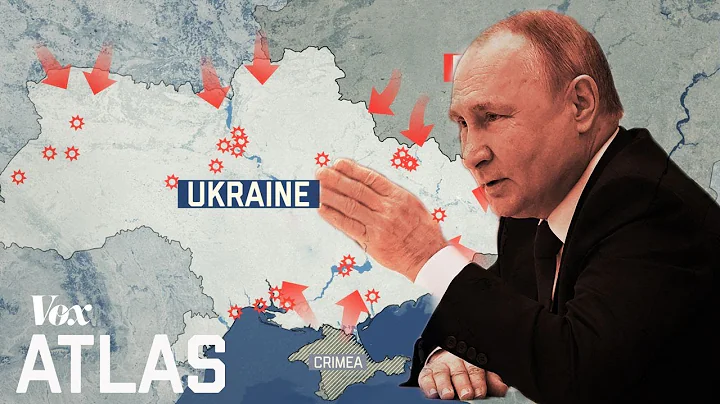In May 1933, as part of ongoing retaliation, more than 6,000 people deported to Siberia were resettled from barges to an uninhabited island in the Siberian River. Under the watchful eye of guards, these so-called elements of the Soviet Union's harmful society and deprived classes were waiting to be sent to special labor camps further east. For nearly a month, they had to live on a small patch of land with almost no food.
It all started when the Soviet Union decided to reinstate the passport system that had been abolished after the 1917 revolution. At that time, the Bolshevik leadership abolished passports as a means of controlling popular movements in the country. It was believed that Soviets could live and work wherever they liked.

With the introduction of the passport system, large cities launched sweeps to deport those who did not have documents authorizing their residency. In addition to farmers, the targets of these purges and arrests were various anti-Soviet and dispossessed class elements. These include profiteers, vagrants, beggars, vagabonds, former priests and other groups of people who do not engage in socially useful labor. Their property was confiscated and they themselves were sent to special settlements in Siberia, where they would work in the interests of the country.

People who came to the island, where they were supposed to stay temporarily, and problems with accommodation in labor camps that were later resolved, proved unprepared to accept so many new residents. The deportees wore the same clothes police wore when they detained them on the streets of Moscow and Leningrad. They didn't have any bedding or any tools to build their temporary shelter.

Soon, hundreds of deportees were dead. Hungry and cold, they either fell asleep around the campfire and were burned alive or died of exhaustion, and some fell victim to the cruelty of some guards who beat people with rifle butts. Escape from this island of death is impossible as it is surrounded by machine gun squads that will instantly shoot those who try to escape.

A month later, the hungry, sick, and exhausted people were evacuated from the island, surviving on the small rations that were occasionally distributed to them. However, their suffering did not end there. They died in the Siberian settlements one after another. In the end, only more than 2,000 of the 6,000 people survived the long ordeal.
If it had not been for Vasily Velichko, the instructor of the Communist Party Committee, no one except the local residents would have known about this tragedy. In July 1933, he was sent to a labor resettlement site to report how the people there had been successfully resettled. Velichko submitted a detailed report to the Kremlin, based on the testimonies of dozens of survivors, causing an uproar there. A special commission that arrived in Nazino conducted a thorough investigation and discovered 31 mass graves on the island with a large number of corpses.

More than 80 deportees and guards were prosecuted, 23 of whom were sentenced to death for robbery and assault, and 11 to death for cannibalism. After the investigation, the details of the case were classified together with the report of Vasily Velichko, who lost his job as party instructor but did not receive any further sanctions. As a war correspondent, he survived World War II and wrote several novels about the socialist transformation of Siberia, but he never dared to write the story of the Island of the Dead. The public only learned of Nazino's tragedy in the late 1980s, shortly before the collapse of the Soviet Union.





















